Implantation
Article Sections
Introduction
Pregnancy implantation is a critical early step in human reproduction, marking the point at which the developing embryo attaches to the maternal endometrium. Successful implantation is essential for the establishment and maintenance of pregnancy. This article provides a detailed overview of the implantation process, including its timing, physiologic mechanisms, hormonal influences, and clinical implications.
Fertilization and preimplantation development
- Fertilization (Figure 1): Fertilization occurs in the ampulla of the fallopian tube 1-2 days following ovulation. The sperm penetrates the zona pellucida of the ovum, allowing its genetic material to enter, forming a zygote. The zygote is swept through the fallopian tube toward the uterus by ciliary action and peristalsis of the muscularis mucosa.
- Cleavage: The zygote undergoes a series of mitotic divisions, creating smaller cells (blastomeres) that eventually reach the 16-32 cell morula stage (
Continue Learning with UWorld
Get the full Implantation article plus rich visuals, real-world cases, and in-depth insights from medical experts, all available through the UWorld Medical Library.
Figures
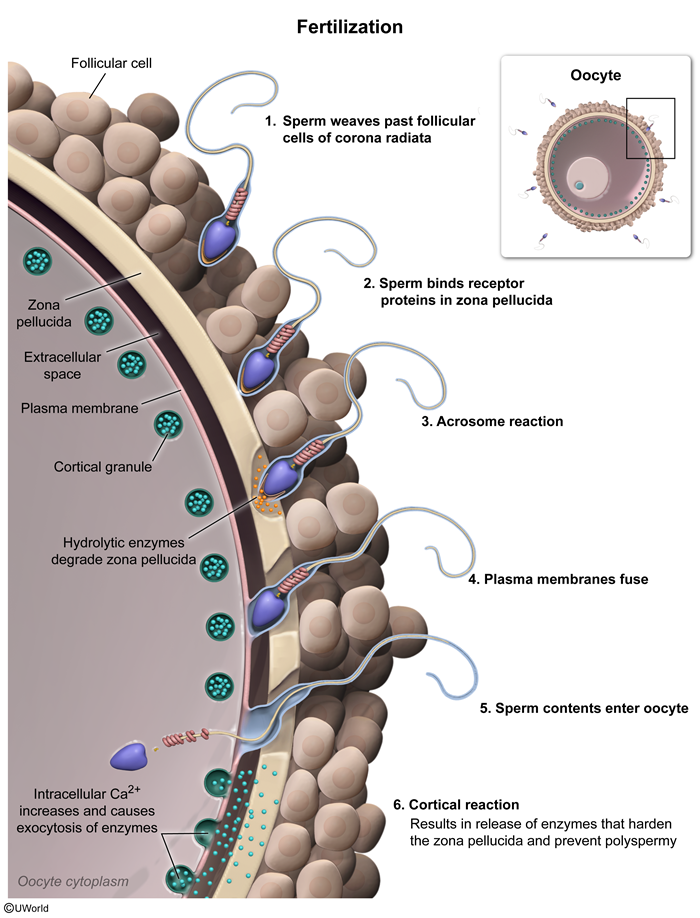
Figure 1
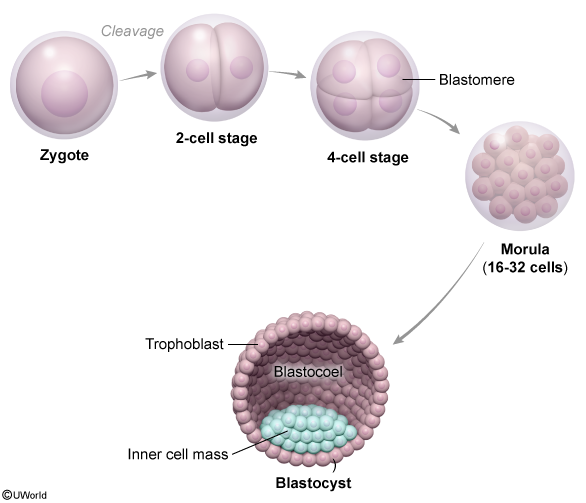
Figure 2

Figure 3
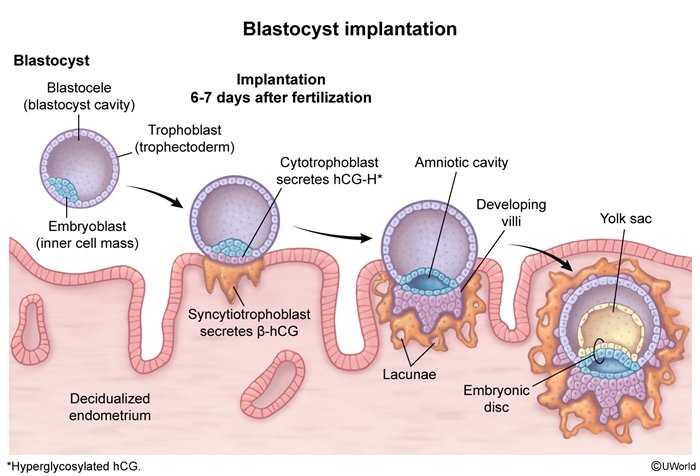
Figure 4
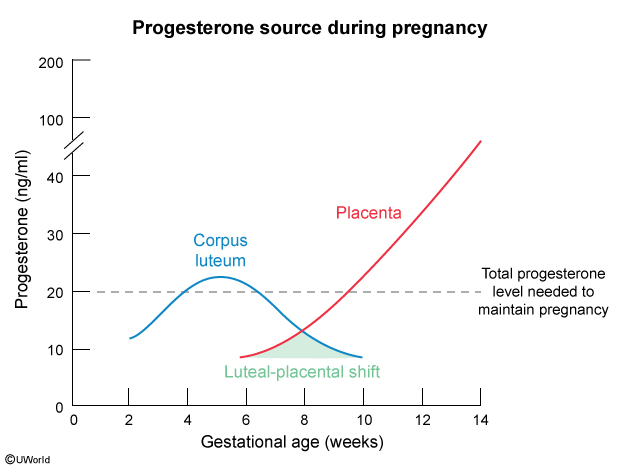
Figure 5
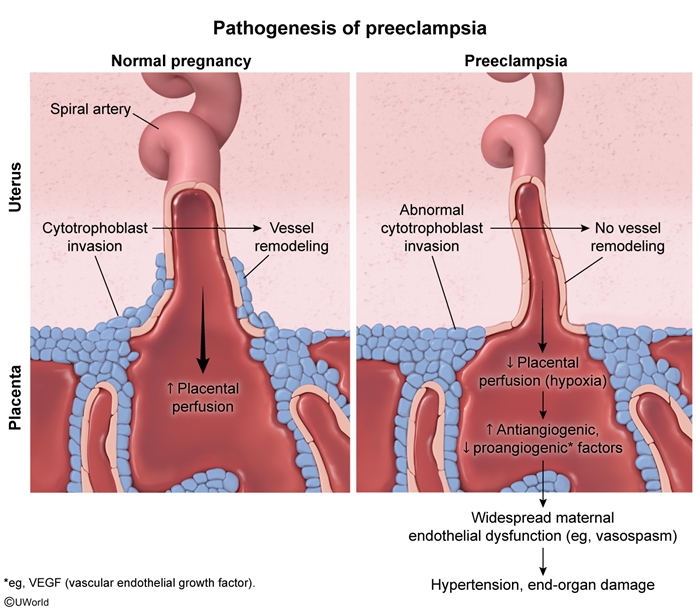
Figure 6